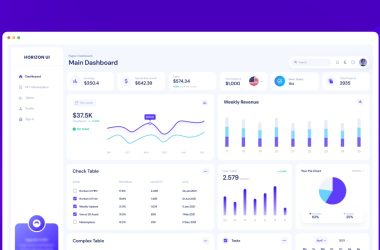First of All, if you are a newbie and don’t know What is JavaScript ?
JavaScript is a programming language primarily used for creating interactive web pages. It breathes life into static HTML, adding animations, dynamic content, and user interaction. Think of it as the bridge between the user and the website, making the browsing experience engaging and responsive.
According to several surveys, JavaScript currently holds the title of the most popular programming language in the world, with a vast user base and constantly evolving ecosystem.
And if you are familiar with JavaScript then you should must know what is closure in JavaScript
-
What is a Closure ?
A closure is a function that has access to variables in its outer (enclosing) function’s scope, even after the outer function has finished executing.
It effectively “remembers” the values of those variables, creating a private scope that persists.
function createCounter() {
let count = 0; // Outer function variable
return function() {
count++; // Inner function can access and modify count
return count;
};
}
const counter = createCounter(); // Get a new counter function
console.log(counter()); // 1
console.log(counter()); // 2
console.log(counter()); // 3
Explanation:
-
createCountercreateCounter defines an outer function with acountvariable. - It returns an inner function (the closure) that has access to
count. -
counterstores a reference to the returned inner function. - Each time
counter()is called, it increments and returns the sharedcountvalue.
Real-world applications:
-
Module patterns: Creating private variables and methods within modules to maintain encapsulation and avoid naming conflicts.
-
Event handlers: Preserving state information between events (e.g., a button click counter).
-
Callbacks: Passing data to functions that will be executed later (e.g., asynchronous operations).
-
Partial application: Creating new functions with pre-filled arguments (e.g., a function that always greets a specific person).
-
Timers: Scheduling functions to run after a delay (e.g., animation effects).
-
Custom iterators: Implementing custom iteration logic for data structures (e.g., generators).
Key takeaways:
- Closures allow functions to “remember” and access variables from their enclosing scope, even after the outer function has finished.
- They are a powerful tool for creating private state, managing data, and implementing modular code structures.
- Understanding closures is essential for writing more sophisticated and reusable JavaScript applications.





